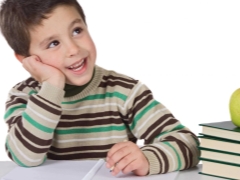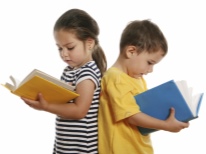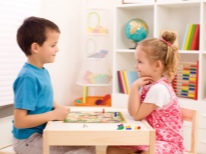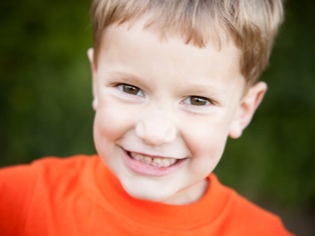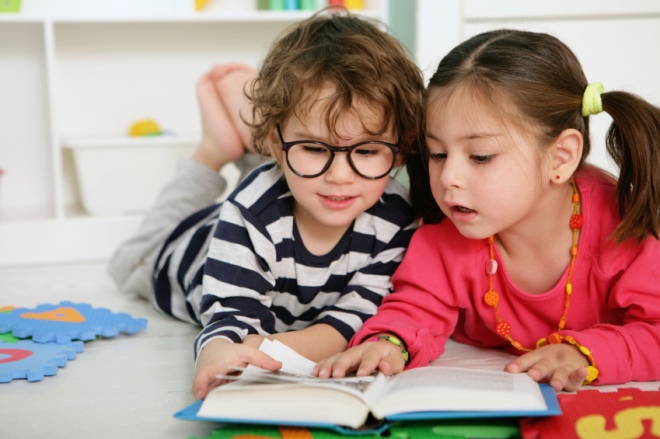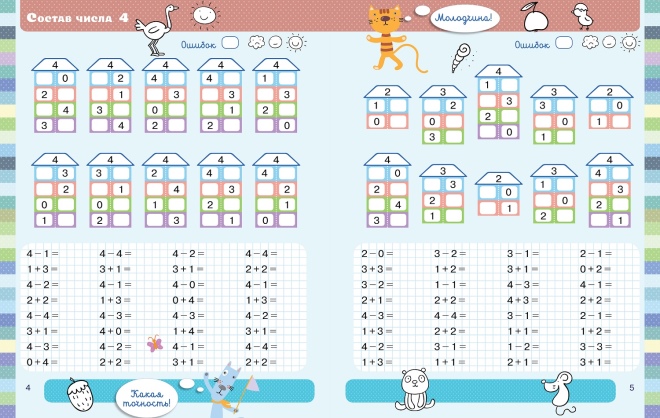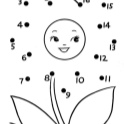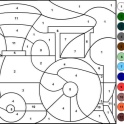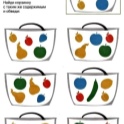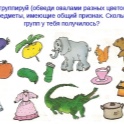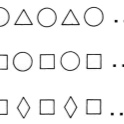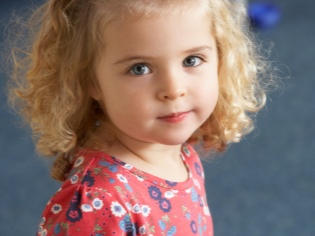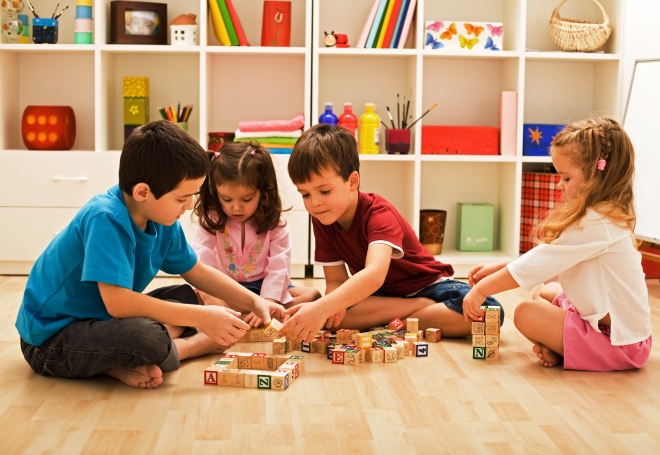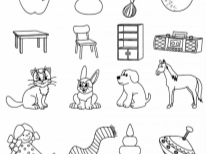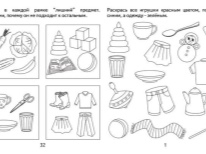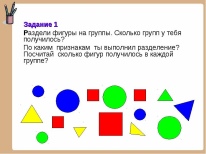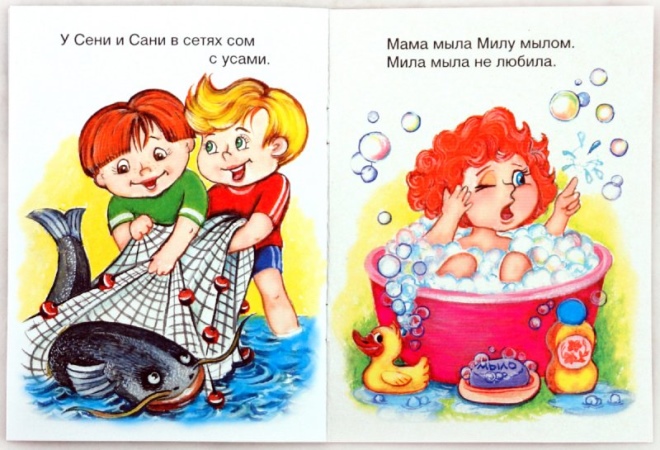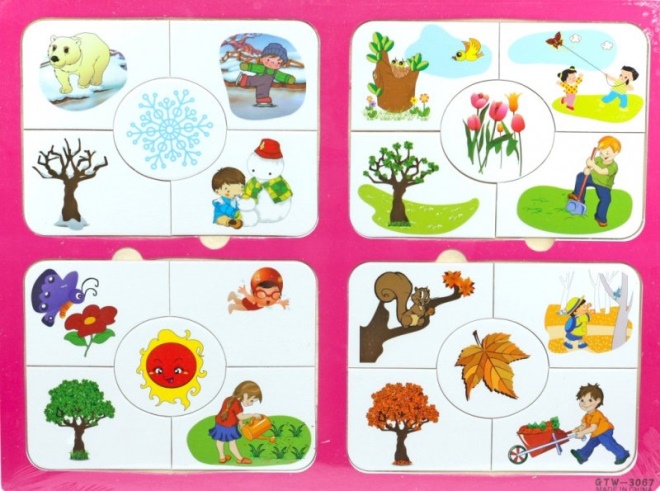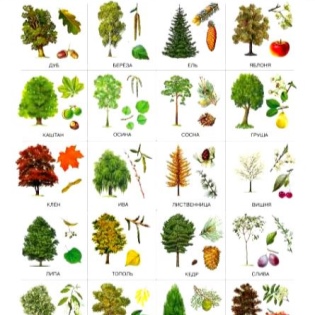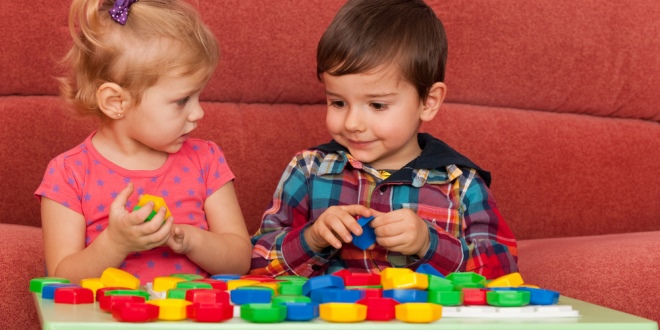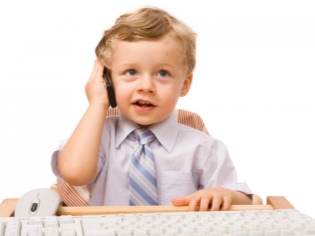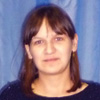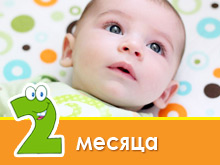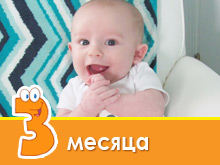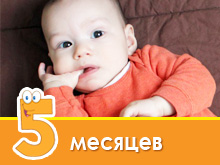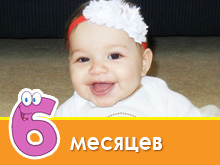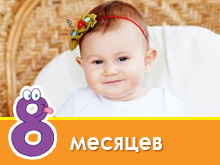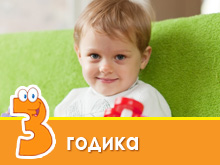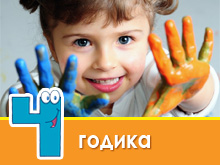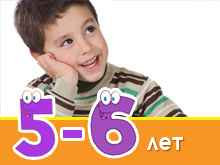Educational activities for preschool children 5-6 years
Dealing with children 5-6 years old becomes much easier. At this age, they are already striving to become schoolchildren, they want to become adults as soon as possible, they are interested in finding out how everything is arranged. In addition, children of this age can already be engaged for a long time, able to perceive and memorize much more information.
Development lessons for children of this age should be aimed at preparing for the fact that the child will soon be in school. Given the complexity of modern curricula, this is a necessary aspect. In the classroom, children need to be taught all the necessary skills for successful learning: recognizing sounds in words, reading, counting, writing.
On how to build a learning process with a preschooler, we will take a closer look at the article
Knowledge that should be a child 5-6 years
Being engaged with the child at home, adults should be aware that the ability to read, write and count is not at all important during the preschool period.
If the child has well developed basic mental functions, such as memory, thinking, attention, perception and imagination, as well as speech and fine hand motor skills, then a first grader will simply learn the program material at school. But the development of intelligence in the crumbs in preschool age is much more effective.
Maths:
- direct and reverse counting within 10;
- the composition of numbers within 10;
- visual image of numbers and their writing;
- mathematical operations within the first ten - addition and subtraction, knowledge of the signs by which they are designated - “+”, “-”;
- comparison of sets - more, less, equal; signs - “>”, “<”, “=”;
- understanding and accurate, the correct answer to the question: how much? Which the? What about the bill?
- The ability to compose and solve a problem in one action - addition and subtraction;
- orientation in space: up, down, forward, back, before, after, right, left; know the concepts of "lower-higher", "longer-shorter", "farther-closer";
- knowledge of basic geometric shapes: circle, square, rectangle, triangle, trapezium, rhombus; and geometric bodies: a cube, a ball, a cylinder, a pyramid;
- the ability to determine the shape of various bodies - round, square, rectangular, triangular;
- division of a circle and a square into 2 and 4 identical parts;
- ability to solve simple puzzles.
Logical thinking:
- classification of objects on any basis;
- drawing up stories on the proposed illustration or continuation of the story on a given start;
- the ability to find a subject that does not belong to this group is superfluous;
- the establishment of patterns and the continuation of the series.
Speech development:
- the baby must know his last name, first name, middle name, age, city of residence, address and telephone number, the names of parents and grandparents, the place of work of parents, a profession
- the quality of coherent speech is almost the same as in adults;
- clearly pronounce all the sounds of speech; the speech must be coherent, expressive;
- be able to use prepositions, change words by numbers, cases;
- emotionally color your speech using intonation;
- to distinguish and be able to use incentive and narrative sentences, interrogative and exclamation sentences;
- ask questions, reason and argue;
- engage in dialogue, lead a monologue;
- know by heart poems, tell them expressively; retell great works.
- If the child is not yet familiar with the letters, does not know how to read, then now is the time to start doing it.
Knowledge of the world:
- know the names and classify all the surrounding objects: furniture, clothes, shoes, dishes, home appliances, wild and domestic animals, plants, fruits, vegetables and berries, know the names of fairy tales that they love and the names of fantastic characters, the names of their favorite cartoons;
- know the months in order, according to the seasons, call the current month, the days of the week.
Self-service skills:
- rules of etiquette;
- use the telephone;
- wash, brush teeth, wash hands with soap and water after using the toilet without a reminder, rinse your mouth after eating;
- be able to insert a thread into a needle, learn to sew on a button;
- use buttons, laces and buttons;
- follow your appearance, nails, clothes, hairstyle;
- know the basic rules of the road.
- memorize 5-6 visual images;
- 4-5 words, not interconnected;
- repeat 5-6 actions that were shown to adults.
Educational activities for children of preschool age
Maths
- Number row Cards with numbers from 0 to 10 are required. An adult makes two numbers and puts cards with corresponding numbers in front of the kid (for example, 2 and 8). The task of the child is to lay out the cards with the numbers that are between them (in our example, the child must lay out between these figures 3, 4, 5, 6, 7).
- Coloring, in which you first need to draw a picture, combining the numbers in ascending order;
- Coloring by numbers;
- Houses;
- Record with numbers;
- Putting numbers from counting sticks.
- Tasks for addition and subtraction. Use clear examples for learning. It will be much more interesting for a baby to calculate how many candies there were in a vase and how many it would become if you eat 5 candies, for example, or add 3 more to them. And what is interesting to a preschooler, he will learn much faster. For an example, you can use colorful illustrations.
- Comparison of sets;
- Geometric figures;
- The solution of geometric examples will be very interesting for the child.
- Learn with baby Basic geometric bodies will help simple plastic cubes. They can also help in determining whether the object is round, oval, etc. Build a house with your baby, calling geometric bodies - a cube and a pyramid, to build a tower, take a cylinder and a pyramid. And now ask the crumbs to build something on their own. Let him call which geometric bodies he uses.
- Use puzzles in verses. They are much more entertaining for a preschooler and are perceived by them much more easily.
- Kids will love various math presentations or flash games on a computer or tablet. They can be successfully used in your home math lessons.
Logical thinking
For the development of logic, children can get interesting didactic games (these can be puzzles “divided into groups, lotto, dominoes, etc.) and ready-made notebooks with a variety of colorful illustrations.
If you have the opportunity to print them on a printer, then you can make great educational aids with your own hands by finding such cards on the Internet. In this case, it will be easier for you to choose material for home lessons according to your child’s preferences.
A different constructor is very useful for the development of logic. In stores it can be purchased for both girls and boys.
Even more preschoolers will enjoy working with visual material. So, for example, you can put 4-5 fruits and one vegetable in a basket and ask the baby to find the excess.
You can offer the child among the animal figurines to find the excess (according to the wild-home principle), among the toy furniture to find the excess (for example, a toy vacuum cleaner - household appliances).
In order for the crumb to learn to classify, you can play with bright plastic cubes. They can be divided into groups according to several characteristics (color, shape, size). Ask your baby to tell you how he did it. In the same way, you can use almost everything that you have at home.
When teaching a child to make up a story using pictures, achieve consistent speech and complete sentences.
For a start, you can help a little student by asking leading questions. When the child understands how to do this, you can already ask him to compose the story on his own or finish the story you have begun. Try swapping pictures.
Before starting the story, the kid must guess that the order of the cards is not correct.
Take advantage of your imagination, and the lesson will turn for a crumb into an exciting game.
- Find an extra item
- Divided into groups
- Picture Story Compilation
- Establishing patterns
Speech development
Being engaged in the development of speech, it is necessary to do speech therapy exercises for the tongue with the child. This is necessary so that the muscles that are responsible for the work of the lips and tongue are always kept in good shape and well developed. They are responsible for the quality of speech.
Charging must be done every day. The kid must see his reflection in the mirror, comparing his movements with an adult. Monitor the quality of the exercises, in each position it is necessary to fix the language for a few seconds. No gaps should be.
Make sure that the crumb of zeal does not strain the muscles of the neck, shoulders and wrist. If this happens, it is necessary to make a light massage.
Very useful for the development of speech will be memorizing chatter and tongue twisters, various readers.
For familiarity with the alphabet and learning to read, there are many different methods. Get to know them in more detail and select the one that suits you. Use in such a difficult task for the child a variety of tasks. It can be movies on a computer, and presentations, and flash games.
Various thematic didactic games: lotto, dominoes, cards, and many others related to laying out syllables and words. Look for familiar letters on store signs, billboards. Learn poems about the learned letter. Play the words, inventing them as much as possible on the given letter.
Use coloring, recipe, various mazes, where the child needs to draw a track, Let the kid lead around the points of various drawings Letters, start teaching him to work with tests - all this will help not only develop fine motor skills, on which the child’s speech is highly dependent, but also prepare his hand for writing.
Use the available tools (for example, letters can be laid out from twigs, pebbles, counting sticks, molded from plasticine). Thus, the child will memorize not only the visual image of the letter, but will also include muscular-tactile sensations in the work.
You will learn more about this in the following video.
After this, the baby will be much easier to learn how to type letters, because he learned not only to associate sound with a letter, but also remembered the basic hand movements necessary for writing it.
Every day, learn children's poems with a preschooler, read to him as much as possible various of books. Ask to tell what you read.
Make sure that the story of the baby is connected, the child tells in order, without jumping from beginning to end.
Ask the child to tell a well-known poem with various emotions: angry, as if he were very funny, plaintive, etc.
Learn to ask questions, express your point of view on the situation. At this age, children can already buy the alphabet. All this very well contributes to the development of speech and vocabulary expansion.
Knowledge of the world
Classes around the world can be done almost anywhere: at home, in the store, on a walk, in line at the clinic.
While in the store, ask the baby to name the vegetables, fruits, and berries that are familiar to him. Show those he doesn't know yet. While walking, you can recall the common types of transport, examine various trees and their leaves, bushes, flowers, and grass.
Be sure to talk about what time of the year it is, look for its signs in nature, remember the names of the months of this season, what month it is now, what time of the year was before it and will be after, changes in nature that they bring with them and the name of the months.
Talk about birds, tell about migratory and wintering species, about those who live in the forest and in the city. Remember the wild and domestic animals, insects.
Being in the queue in any institution, you can tell your child about the various professions of people who work there.
When entering clothing and footwear stores, ask your child to remember what he knows and can name from this.
In the home appliance store you can acquaint the child with the one that is not in your home and explain what it is for.
Introduce the child with new information and remember what he knows everywhere. All this is a great way to introduce a crumb to the outside world with examples from life, and the knowledge gained in this way is absorbed much more efficiently.
Also, various educational games, cards, bingo, dominoes will help you in getting to know the world around.
Important
The main leading activity of the preschooler is the game. This should not be forgotten by adults who want to work with children. It is playing, the kids most fully learn new knowledge, and this happens voluntarily. During the game, the guys have great interest in the result; they do not even get tired of the large amount of information. Use in your activities a variety of games and toys. Take into account the preferences of your baby.
During the game activity, children develop perseverance, attentiveness, memory develops, vocabulary expands.
And also the kid learns to think, to build logical chains, develops fine motor skills.
The learning process should be organized in all directions. Teach the crumb to perform his task clearly. During classes, a change of activity is required and a short break for rest. It is necessary to repeat the studied material constantly, until the kid remembers everything well.
These classes will help you prepare your child for school.
You can see one of the attention development activities in the next video.
